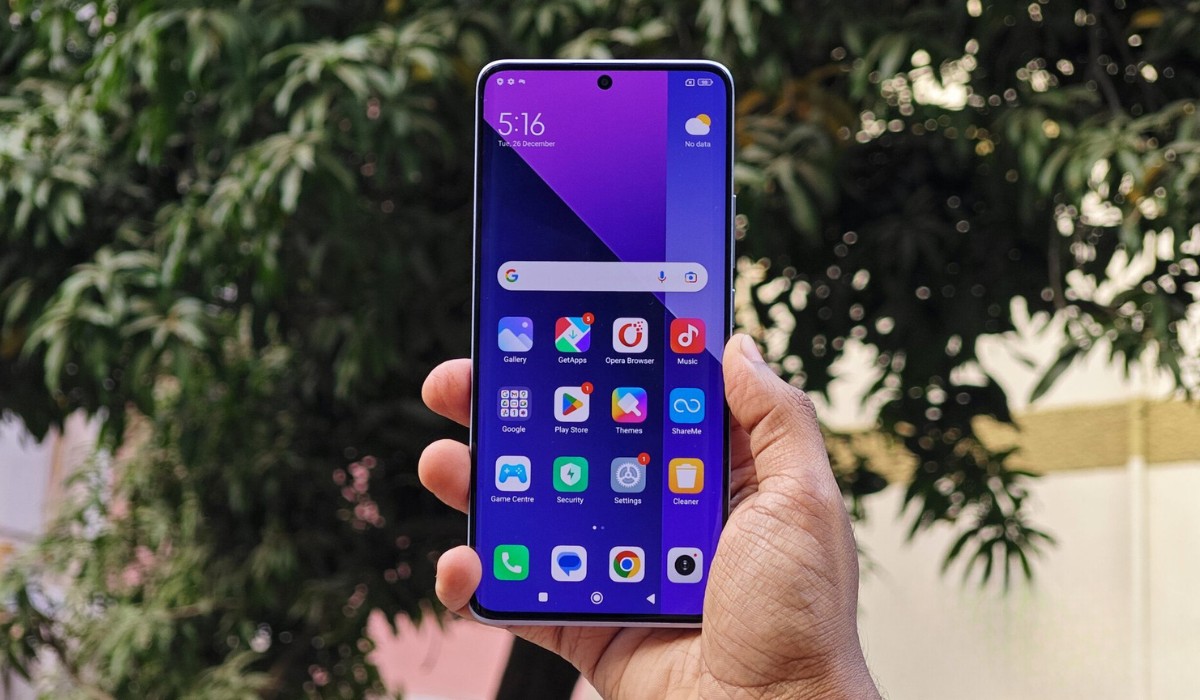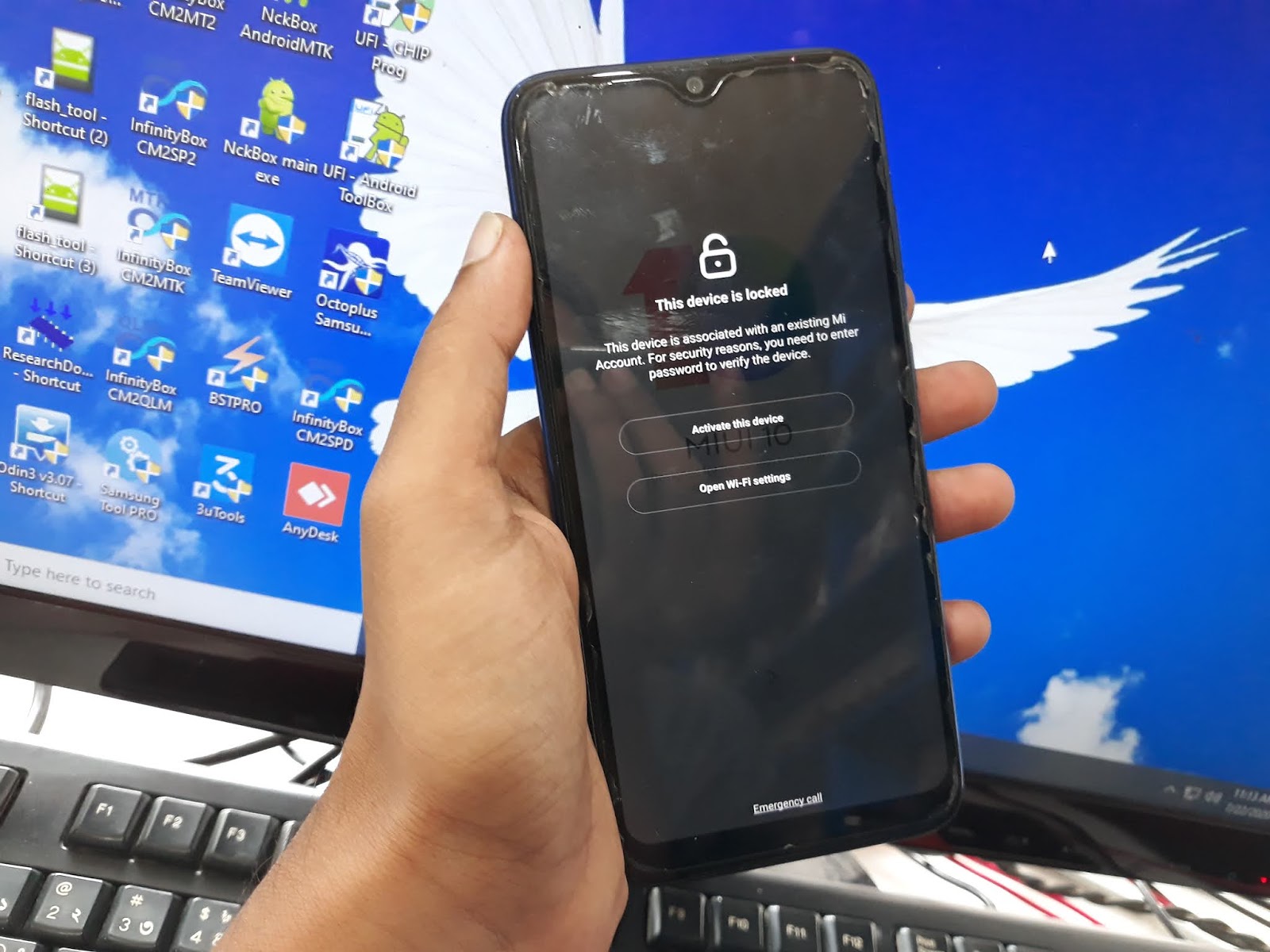Introduction
In today's digital age, mobile devices have become an integral part of our daily lives, offering convenience, connectivity, and a myriad of functionalities at our fingertips. However, with this convenience comes the growing concern of data privacy and security. Xiaomi, a prominent player in the mobile device industry, has faced scrutiny over its data collection practices, raising questions about user privacy and data protection.
As consumers, it's crucial to be aware of the potential risks associated with data collection by mobile device manufacturers and take proactive steps to safeguard our privacy. This article delves into the intricacies of Xiaomi's data collection practices, the associated risks and concerns, and provides actionable steps to enhance privacy and mitigate potential vulnerabilities.
Understanding the extent of data collection by Xiaomi and comprehending the implications is the first step towards empowering users to make informed decisions about their privacy. By shedding light on this topic, we aim to equip readers with the knowledge and tools necessary to take control of their digital footprint and protect their personal information from unauthorized access and exploitation.
In the subsequent sections, we will delve deeper into the specifics of Xiaomi's data collection practices, explore the potential risks and concerns stemming from these practices, and outline practical measures that users can implement to bolster their privacy and fortify their digital defenses. Let's embark on this journey to gain a comprehensive understanding of Xiaomi's data collection landscape and discover effective strategies to safeguard our privacy in an increasingly interconnected world.
Understanding Xiaomi Data Collection
Xiaomi, a leading global provider of mobile devices and technology solutions, has garnered attention for its data collection practices. The company's devices, including smartphones and smart home products, are equipped with various sensors and features that enable the collection of user data. This data encompasses a wide array of information, ranging from device usage patterns and location data to personal preferences and interactions with the device's ecosystem.
One of the primary sources of data collection is through the MIUI (Xiaomi's custom Android-based operating system) and pre-installed applications. These applications may request access to sensitive data such as contacts, call logs, and device identifiers. Additionally, Xiaomi's devices are designed to gather telemetry data, including device performance metrics, system logs, and usage statistics. While these metrics are intended to enhance user experience and device performance, the extent of data collected has raised concerns among privacy-conscious users and regulatory bodies.
Furthermore, Xiaomi's integration of AI-powered features and services, such as voice assistants and personalized recommendations, necessitates the processing of user data to deliver tailored experiences. This involves analyzing user behavior, preferences, and interactions to refine the accuracy and relevance of AI-driven functionalities. While these features aim to enrich user engagement and convenience, they underscore the intricate web of data collection underpinning Xiaomi's ecosystem.
In addition to device-centric data collection, Xiaomi's foray into the realm of smart home and IoT (Internet of Things) devices introduces a new dimension of data aggregation. Smart home products, including security cameras, smart speakers, and connected appliances, generate a wealth of data pertaining to users' daily routines, environmental conditions, and lifestyle patterns. This amalgamation of data from diverse sources amplifies the scope and complexity of Xiaomi's data collection framework.
It's essential to recognize that the data collected by Xiaomi serves various purposes, including improving product functionality, optimizing user experiences, and facilitating targeted advertising. However, the sheer volume and granularity of the data raise valid concerns about user privacy, data security, and the potential for unauthorized access or misuse.
By comprehending the multifaceted nature of Xiaomi's data collection mechanisms, users can gain insight into the scope and implications of data aggregation within the Xiaomi ecosystem. This understanding forms the foundation for evaluating the associated risks and implementing proactive measures to safeguard personal privacy and mitigate potential vulnerabilities.
Risks and Concerns
The extensive data collection practices employed by Xiaomi raise a spectrum of risks and concerns pertaining to user privacy, data security, and the potential for misuse of personal information. One of the foremost concerns is the accumulation of sensitive user data, including but not limited to device identifiers, location information, and behavioral patterns. This wealth of data, when aggregated and analyzed, can unveil intricate details about an individual's daily routines, preferences, and interactions, potentially encroaching upon their privacy.
Moreover, the integration of AI-driven features and personalized services necessitates the processing of user data to deliver tailored experiences. While this customization enhances user engagement, it also engenders concerns regarding the extent of data processing and the implications for user privacy. The utilization of user data to fuel targeted advertising and personalized recommendations further accentuates the potential for data exploitation and unauthorized access.
Furthermore, the interconnected nature of Xiaomi's ecosystem, encompassing smartphones, smart home devices, and IoT products, amplifies the scope and complexity of data aggregation. This interconnectedness presents a confluence of data streams, culminating in a comprehensive profile of user behavior, preferences, and lifestyle patterns. The amalgamation of data from diverse sources not only intensifies the volume of collected information but also heightens the susceptibility to potential breaches and unauthorized access.
In addition to privacy concerns, the security of the amassed data is a pivotal issue. The storage and transmission of sensitive user information across Xiaomi's infrastructure necessitate robust security measures to mitigate the risk of data breaches and unauthorized disclosures. The potential ramifications of data breaches extend beyond individual privacy, encompassing financial security, identity theft, and reputational damage.
Furthermore, regulatory scrutiny and public apprehension surrounding data privacy and security underscore the significance of addressing these concerns. Failure to assuage these apprehensions can lead to diminished user trust, regulatory sanctions, and reputational repercussions for Xiaomi.
The multifaceted risks and concerns associated with Xiaomi's data collection practices underscore the imperative for users to proactively safeguard their privacy and fortify their digital defenses. By acknowledging these concerns and understanding the potential implications, users can take informed measures to mitigate risks and assert greater control over their personal data within the Xiaomi ecosystem.
Steps to Enhance Privacy
-
Review App Permissions: Begin by auditing the permissions granted to apps on your Xiaomi device. Navigate to the device settings and scrutinize the permissions requested by each app. Revoke unnecessary permissions that infringe upon your privacy, such as access to contacts, call logs, or location data, unless essential for the app's core functionality.
-
Utilize Privacy Features: Leverage the built-in privacy features offered by Xiaomi's MIUI. Explore the privacy settings to enable features such as app lock, private browsing, and permission management. These tools empower users to exert granular control over their data and enhance the overall privacy posture of their devices.
-
Opt-Out of Personalized Ads: Xiaomi provides users with the option to opt-out of personalized advertising. By disabling personalized ad recommendations in the device settings, users can mitigate the dissemination of personalized ads based on their data, thereby bolstering their privacy and reducing targeted advertising exposure.
-
Regular Software Updates: Stay vigilant about installing software updates and security patches released by Xiaomi. These updates often include bug fixes, security enhancements, and privacy optimizations that fortify the device's resilience against potential vulnerabilities and data breaches.
-
Data Encryption and Biometric Security: Maximize the security of your device by enabling data encryption and leveraging biometric authentication methods such as fingerprint or facial recognition. These measures bolster the protection of sensitive data stored on the device and fortify access controls, mitigating the risk of unauthorized data access.
-
Utilize Secure Networks: Exercise caution when connecting to public Wi-Fi networks and prioritize the use of secure, trusted networks. Public Wi-Fi hotspots pose inherent security risks, potentially exposing sensitive data to malicious actors. Utilizing virtual private networks (VPNs) can further enhance network security and data privacy.
-
Regular Data Audits: Periodically review the data stored on your Xiaomi device and associated cloud services. Identify and purge redundant or obsolete data, minimizing the exposure of sensitive information and reducing the potential impact of data breaches or unauthorized access.
-
Privacy-Centric Apps: Consider utilizing privacy-centric apps and services that prioritize data protection and transparency. Explore alternative apps for messaging, browsing, and file storage that align with stringent privacy standards and offer enhanced control over personal data.
By implementing these proactive measures, users can fortify their privacy within the Xiaomi ecosystem and mitigate the potential risks associated with data collection and processing. Empowering users to take control of their privacy aligns with the evolving landscape of data privacy and security, fostering a more resilient and privacy-conscious digital experience.
Conclusion
In conclusion, the landscape of data privacy and security within the realm of mobile devices, particularly in the context of Xiaomi's data collection practices, underscores the imperative for users to be cognizant of the potential risks and take proactive steps to fortify their privacy. The intricate web of data aggregation, spanning device usage patterns, personalized services, and interconnected smart home ecosystems, accentuates the multifaceted nature of data collection within the Xiaomi ecosystem.
By comprehending the extent of data collection and processing, users can make informed decisions about their privacy and implement practical measures to mitigate potential vulnerabilities. The risks and concerns associated with Xiaomi's data collection practices, encompassing privacy implications, data security, and regulatory scrutiny, underscore the significance of addressing these concerns to foster a more resilient and privacy-centric digital experience.
The actionable steps outlined in this article empower users to exert greater control over their privacy within the Xiaomi ecosystem. From reviewing app permissions and leveraging built-in privacy features to embracing data encryption and conducting regular data audits, these measures enable users to fortify their digital defenses and mitigate the potential risks associated with data collection and processing.
As the digital landscape continues to evolve, the protection of personal data and the preservation of user privacy assume paramount importance. By embracing a proactive stance towards privacy and implementing the recommended measures, users can navigate the complexities of data collection within the Xiaomi ecosystem with heightened resilience and confidence.
Ultimately, the convergence of user awareness, proactive privacy measures, and industry accountability is pivotal in fostering a digital environment where privacy is upheld as a fundamental right. By championing privacy-conscious practices and advocating for transparent data collection frameworks, users can contribute to a more secure and privacy-centric digital ecosystem, thereby shaping a future where data privacy is safeguarded and respected.

























